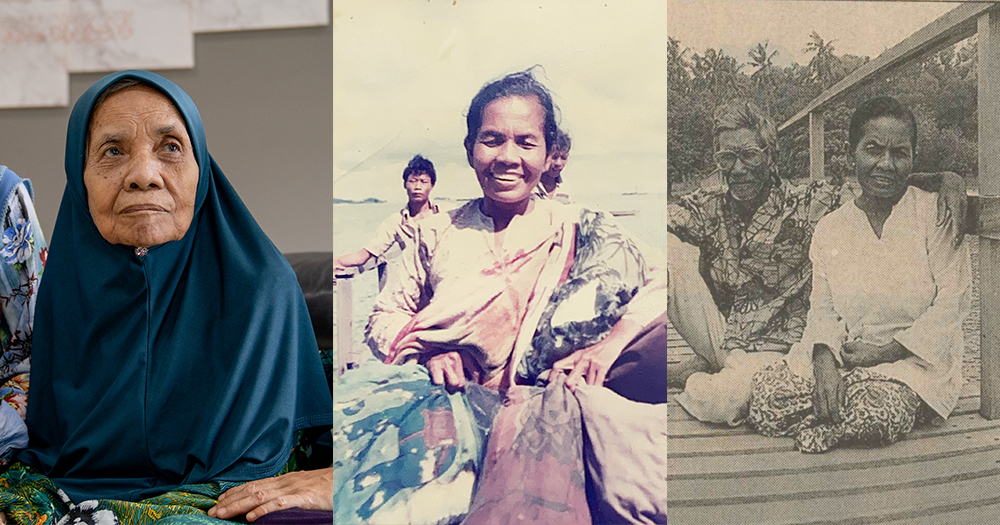"Heaven."
That's how they described it.
Catching animals in the sea, running around barefoot, and playing games with twigs they'd find on the ground.
Indeed, it does sound like it.
But piece by piece, their heaven turned into a mere memory.
The land that was once filled with laughter and joy is now filled with the echoes of man-made machinery and piles of incinerated garbage.
Located approximately eight kilometres south of mainland Singapore, Pulau Semakau was once home to a Malay village on the western side of the island and a small Chinese village at the south-western end.
66-year-old Rohani Rani told Mothership:
"It breaks my heart to see a place I once called home turn into a landfill. Of course I'm sad. I grew up there. My entire family lived there.
I've had friends who ask me over the years, 'Your home is now a place to dump garbage. Aren't you angry?' But what can I say or do? It is what it is."
Rohani and her younger sister, Nooraini Rani, 60, were born and raised in Kampung Tengah (Middle Village), the main village of Pulau Semakau.
Their family is Orang Laut, which means "people of the sea". It's a nomadic culture indigenous to the area from before it was known as Singapore.
The first generation: Struggling to leave
On July 29, 1975, Parliament passed a proposal for the reclamation of Pulau Semakau to redevelop it as a petrochemical complex, according to Infopedia.
That spelled the end of life on the island for its 600 or so inhabitants, and they were eventually relocated to the mainland by 1977.
For Rani Omar and his wife Ninah Gap — Rohani's and Nooraini's parents — this meant their family had to say goodbye to the island's amenities, its community centre, mosque, school, and football field.
It also meant forgoing Pesta Five S — the annual sports meet which saw the residents of Pulau Semakau, Pulau Sudong, Sakjiang Bendera (now known as St. John's Island), Pulau Seking, and Pulau Seraya compete in various games like tug-of-war, soccer, or sampan races.
But most importantly, exiting Pulau Semakau meant that Rani and Ninah would be leaving behind their whole way of life.
Rani was a fisherman — a skilful and passionate one too, his daughters told Mothership.
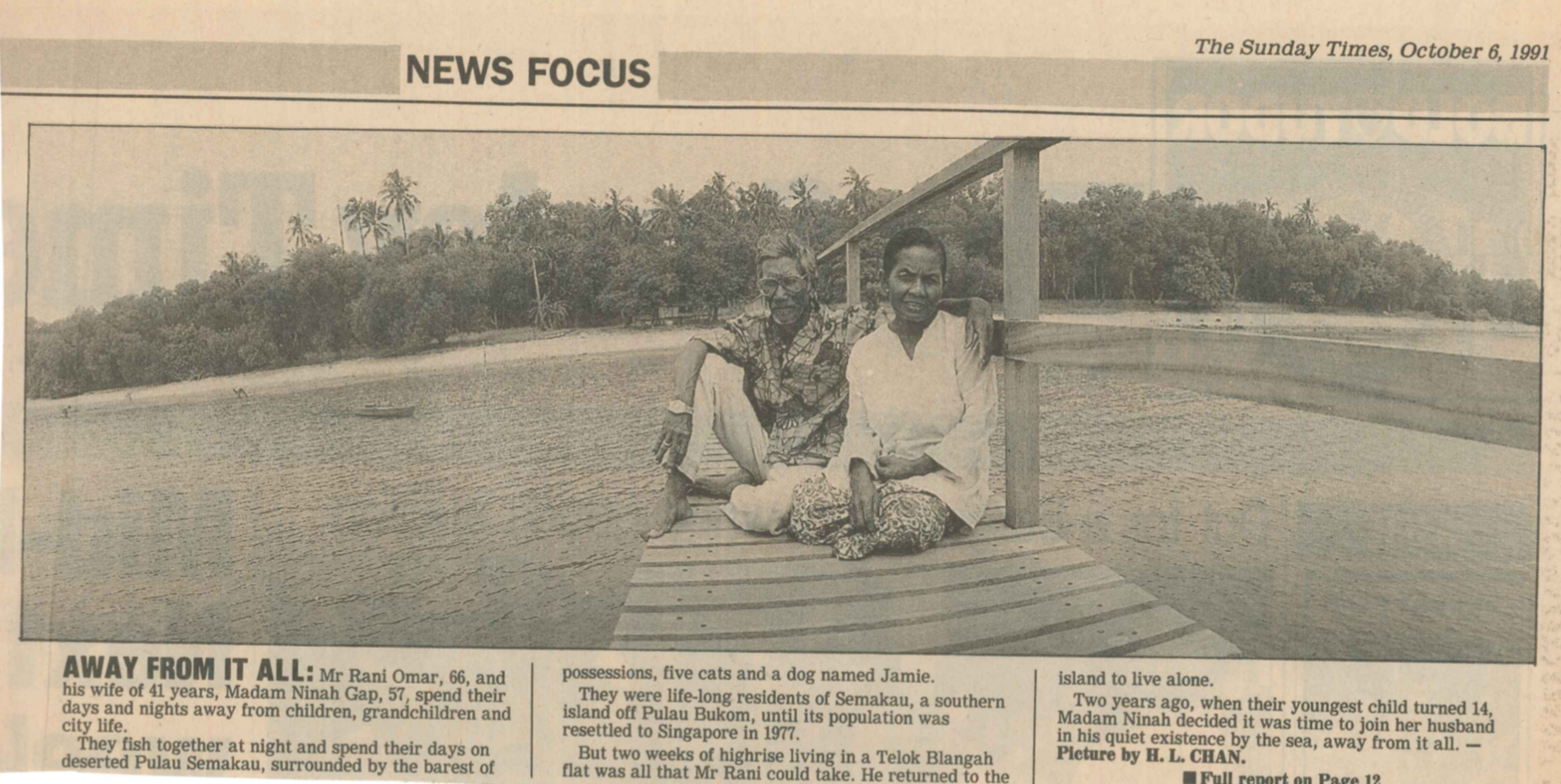 Image courtesy of Firdaus Sani.
Image courtesy of Firdaus Sani.
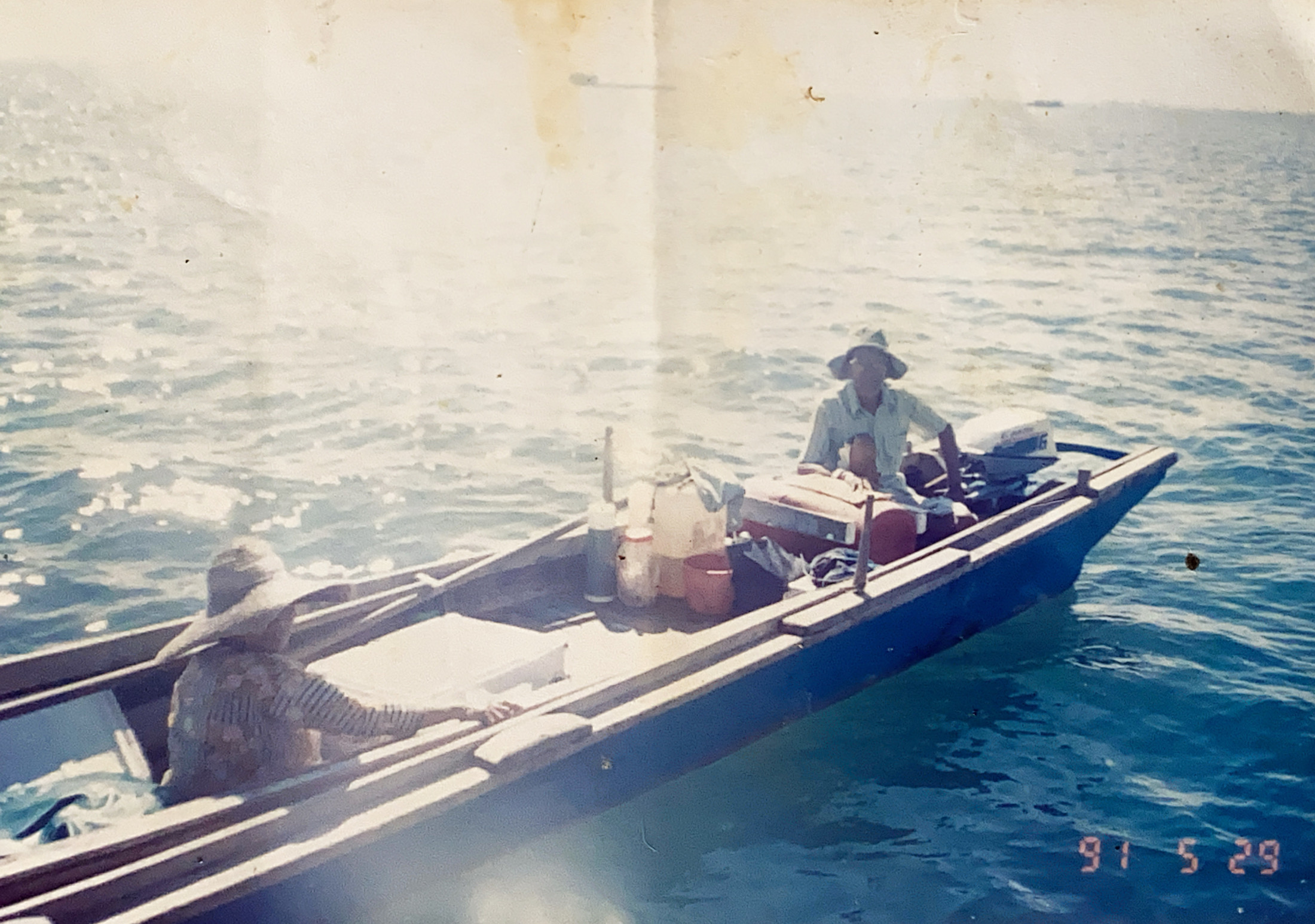 Rani Omar (R) and Ninah Gap (L). Image courtesy of Firdaus Sani.
Rani Omar (R) and Ninah Gap (L). Image courtesy of Firdaus Sani.
Nooraini said:
"My late father would always fish at night and we would accompany him to the sea. He taught us how to fish and how to watch the tide. He also taught us how to know which fishes or squids we could catch. He learnt that from his father and now it's a part of us."
"We would go out at 2am to catch squids by shining a light in the ocean. It was tough because we had to wake up early for school, but those were moments that I will never forget," added Rohani.
Their family earned a living by catching seafood and selling it to a Chinese merchant.
During the monsoon season, when torrential downpour made fishing impossible, they would do odd jobs to get by, such as selling homemade hooks and sinkers for fishing.
Sometimes, they helped out in the fruit and vegetable plantation on the island.
While Rani's domain was in the ocean, his wife Ninah ruled the household.
Rohani and Nooraini served as her deputies.
As the eldest girls among 10 siblings, they had to take care of the household chores after their classes at the only school on the island — Sekolah Melayu Pulau Semakau.
Ninah would also teach Rohani and Nooraini how to cook.
"My mother was very fierce," said Rohani.
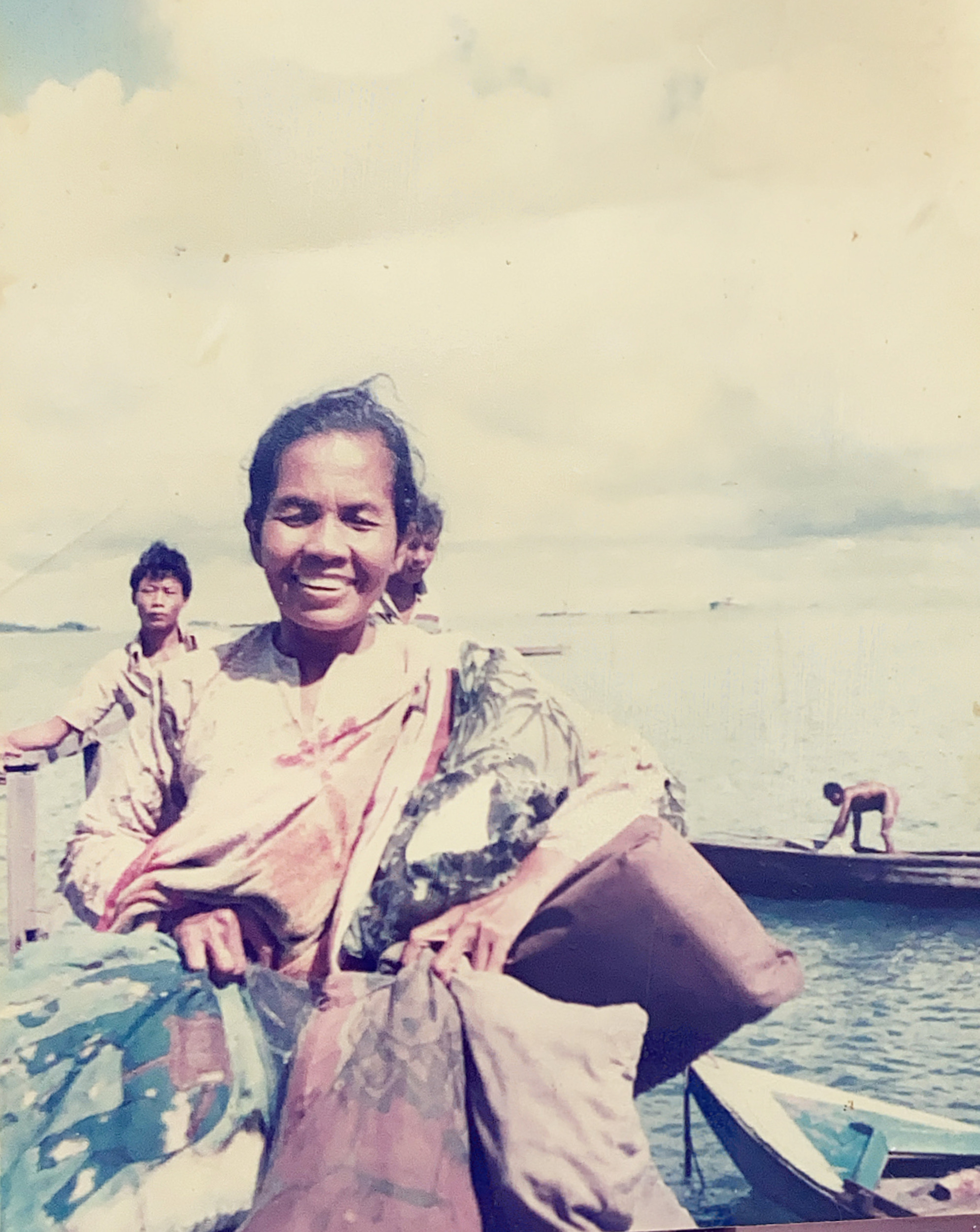 Ninah Gap. Image courtesy of Firdaus Sani
Ninah Gap. Image courtesy of Firdaus Sani
Yet, looking at her today, it's hard to imagine the tough drill sergeant bent on perfection whom the sisters described.
Throughout our interview with the family, Ninah, who is now 86 years old, sat mostly in silence next to her daughters.
She only deviated from her blank stares to whisper to her grandson, 31-year-old Firdaus Sani, periodically poking a playful finger in his face.
When we asked Ninah what she could remember from her life in Pulau Semakau, her brows simply furrowed.
Her memory has deteriorated greatly, explained Firdaus.
On the other hand, Rohani and Nooraini remember their time on the island with great clarity. It was simple and carefree for the entire family, especially their parents.
The kampung spirit came alive especially during festivities like Hari Raya, when the entire village would come together to celebrate.
"We didn't care if someone was of a different race. We were all one family, a very tight-knit family," said Nooraini.
Before the festivities begun, however, the family would travel to mainland Singapore using their own sampan (boat) so that they can purchase clothes or necessities for the celebrations.
It seemed that short visits to the mainland were all that Rani could stomach.
Speaking about the family's relocation to Singapore, Rohani told us:
"My father really couldn’t take it at one point. His whole life was on the island. He was already in his 60s when we had to move out, so it was hard for him to adapt to the city life."
Two weeks after the family moved into an apartment in Telok Blangah, Rani decided he had enough.
"My grandfather only knew how to fish. That was his source of income and his whole life basically. Having to move away from that was not easy so together with my grandmother, he went back and stayed there as long as he could," Firdaus explained to us.
12 years later, once her children were old enough to take care of themselves, Ninah joined him.
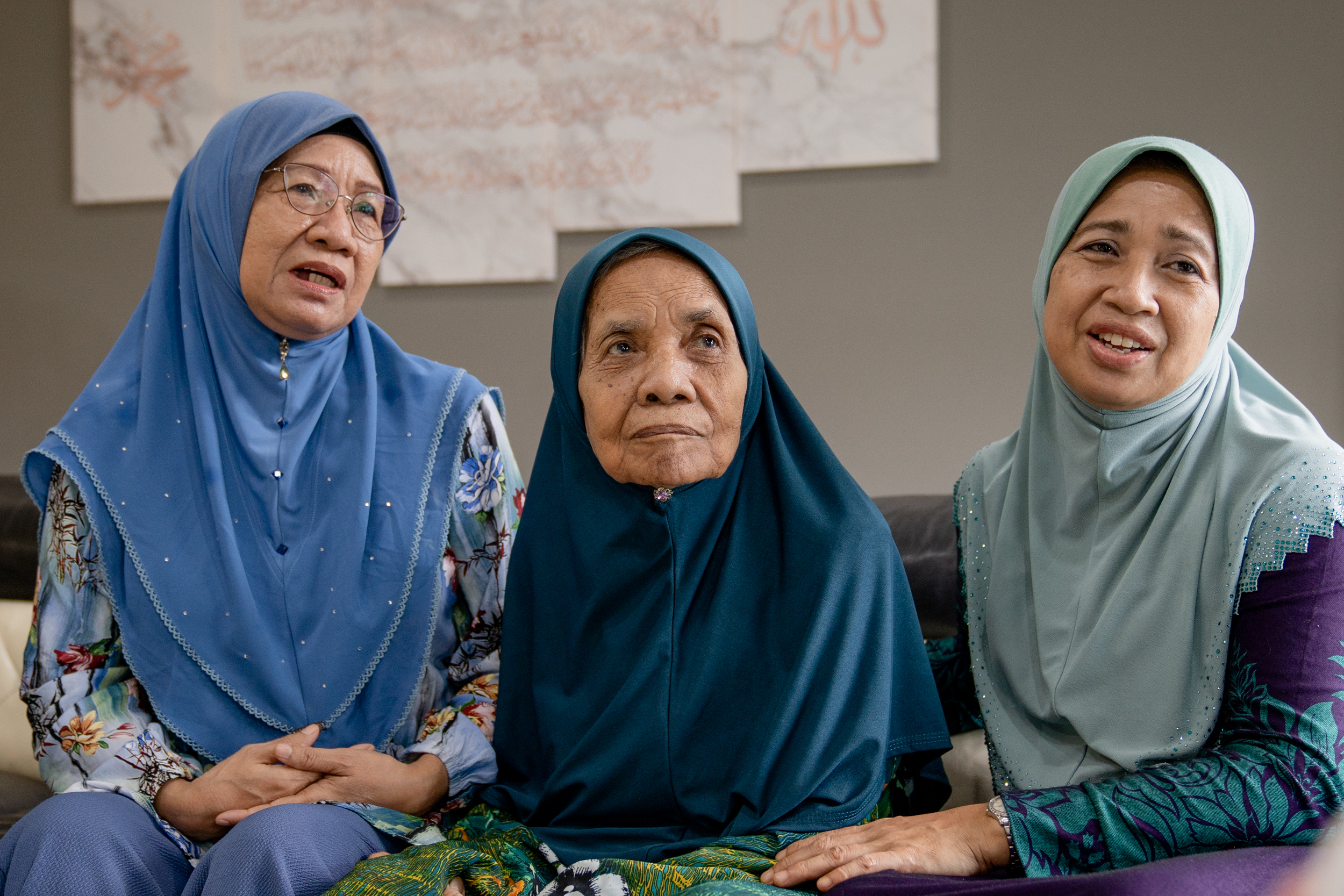 Rohani Rani (L) and Nooraini Rani (R) with their mother Ninah Gap (Centre). Image by Andrew Koay
Rohani Rani (L) and Nooraini Rani (R) with their mother Ninah Gap (Centre). Image by Andrew Koay
The second generation: Struggling to adapt
It would be logical to assume that living in the city is more convenient than village life.
But when 10 siblings were forced to live in a cramped one-room flat in Telok Blangah while their parents were miles away, convenience was not an option.
It didn't help that the city life was something they couldn't wrap their heads around.
Rohani said:
"We didn't understand anything. Seeing cars on the roads were something we'd never seen before. We didn't know how to navigate our way through the city, even with all the buses and street signs."
Nooraini added that they would still scrub and hand wash their clothes, only purchasing a washing machine years later.
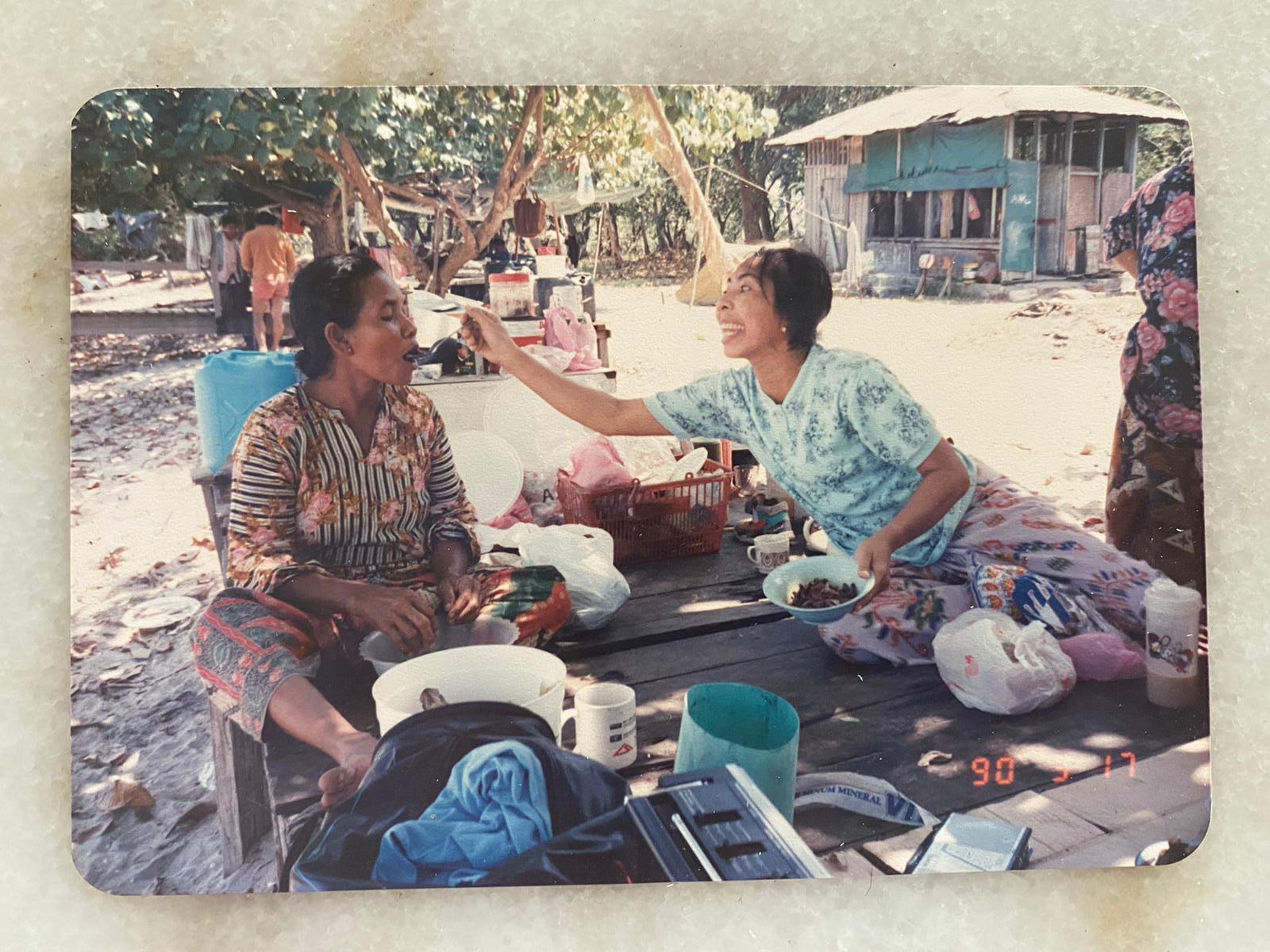 The family would often visit their parents on the island. Image courtesy of Firdaus Sani.
The family would often visit their parents on the island. Image courtesy of Firdaus Sani.
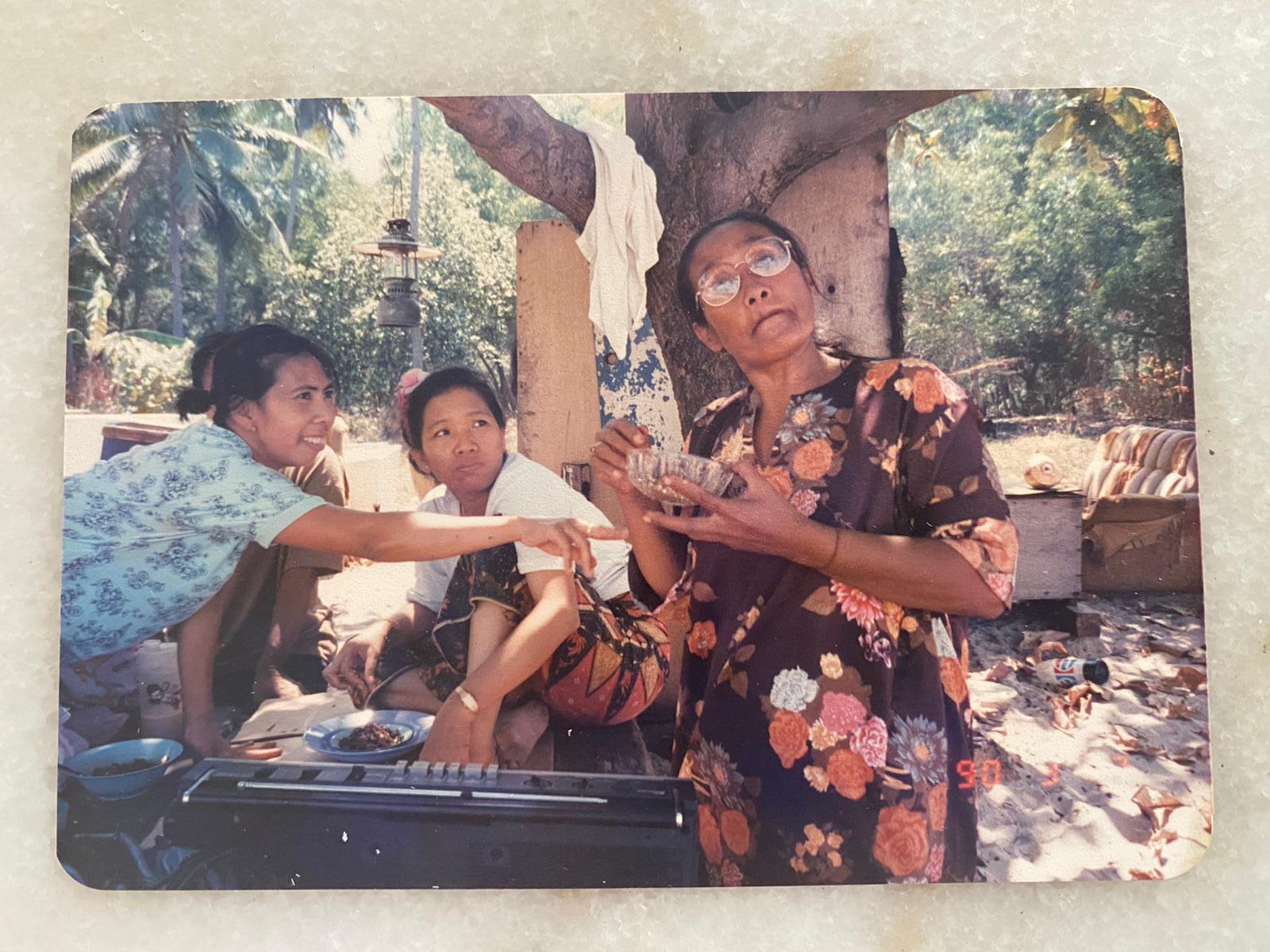 Image courtesy of Firdaus Sani.
Image courtesy of Firdaus Sani.
Language was also an issue. Although they spoke Malay, people in the city weren't used to their island colloquialism.
For example, they would say auk instead of ya ("yes" in Malay).
They also referred to fishing as ngepong instead of the usual Malay word memancing.
But what they struggled with the most was probably finding food.
Rohani told us:
"We were so used to having the sea by our side for sustenance. We would go to the sea, catch a fish and straight away cook it. But when we arrived in Singapore, we started wondering how and where to get food.
[...]
Life on the island may seem tough. Yes, we were poor and our life wasn't grand. But my heart was always at ease."
The sisters eventually got the hang of it though.
They both started their own families and settled as comfortably as they could in the city.
The third generation: Struggling to preserve
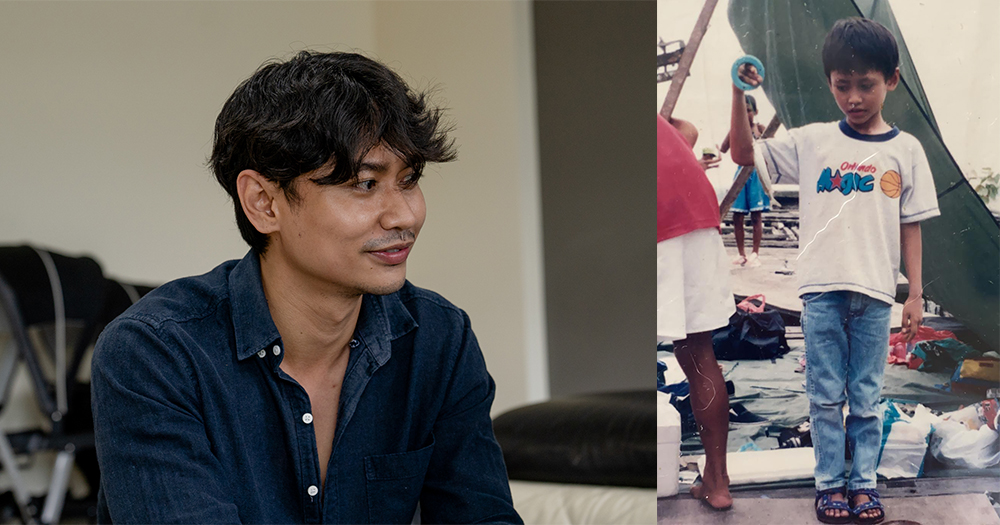 Firdaus Sani wants to preserve his family's stories of their time on Pulau Semakau. Image by Andrew Koay and courtesy of Firdaus Sani.
Firdaus Sani wants to preserve his family's stories of their time on Pulau Semakau. Image by Andrew Koay and courtesy of Firdaus Sani.
Every weekend, Rohani and Nooraini, together with their own families, would go back to Pulau Semakau to visit their parents.
Firdaus, Nooraini's son, told us that he too feels a bond to the island, even though he didn't live there the way his mother did.
"It is what my parents grew up in right? So it is something that is somehow connected to me. My mum will tell me stories of her past, and then when I go there, I get it. Like this is what she did. Instantly there’s a bond, a connection."
When he first visited the island as a two-year-old, Ninah and Rani were squatters, living in the tattered ruins of their old house while the surrounding village was slowly swallowed by the jungle.
Firdaus vividly remembers the long jetty that greeted them as they arrived at Pulau Semakau by boat.
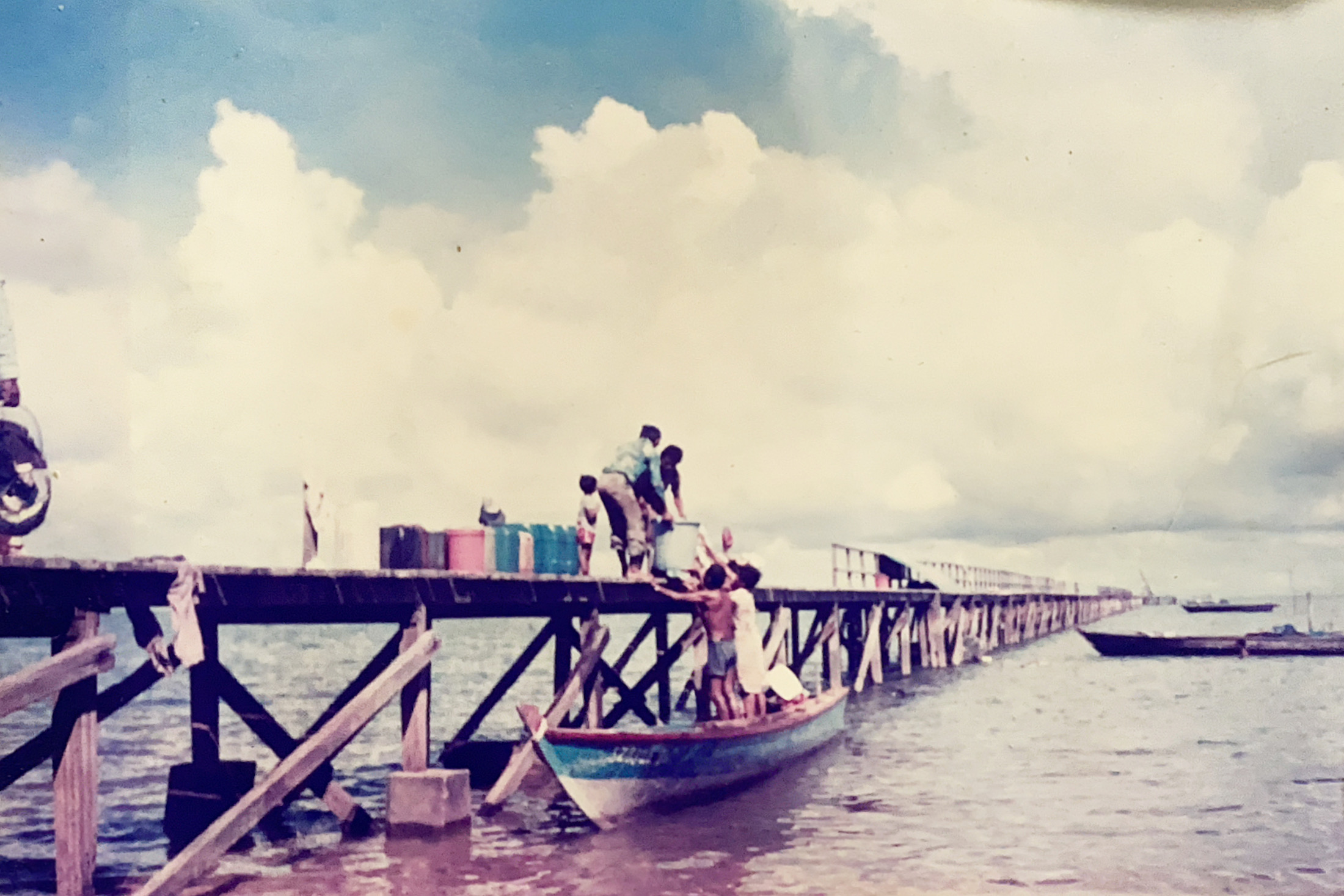 Image courtesy of Firdaus Sani.
Image courtesy of Firdaus Sani.
Ninah and Rani, Firdaus told us, would regale their grandchildren with stories of their old life on the island and the types of fishes they would catch.
"Between us siblings, there were mini-competitions of who could catch the biggest fish, or the type of fish — groupers or red snappers," he recalled.
Banter amongst the cousins involved teasing one another about who was prone to catch the smallest fish.
By nightfall, with no electricity on the island, the family would light kerosene lamps.
“We would camp on the island or sleep in the boat. And my grandmother would be the one cuddling me at night because it was very cold.”
But in September 1991, a group of adventurers stumbled upon Rani and Ninah still living on the island.
They were then forced to move to the mainland.
In 1997, Pulau Semakau was transformed into a landfill.
These days, the family still visits Pulau Semakau’s surrounding waters to go fishing — something of an irregular yearly affair.
None of the family, however, have actually set foot on the island since it became a landfill.
Firdaus told us that his mother, aunts, and uncles feel weird about its current state — "It used to be their home."
"For me, it’s very sad that when we talk about Pulau Semakau. It's labelled as a landfill. But it’s actually more than that."
He’s since started a little educational project with his mother and aunt to share orang laut cuisine with the rest of Singapore.
Rohani and Nooraini would do the cooking and Firdaus took care of the administrative side of things.
They sell mostly traditional Malay seafood dishes.
Although the dishes are commonly found in many Malay households, their recipe and the way they cook the ingredients display a certain kind of charm and authenticity that can't be found anywhere else in the country.
From the taste of each dish, one can easily tell that the cook's seafood knowledge is incomparable.
"When we go to the market, we take our time to analyse and inspect each seafood — to see how fresh they are," said Rohani.
The gravy and sauce for the dishes are also made with extra precision.
For example, their chut chut shellfish in coconut gravy has a very thick and concentrated consistency, vastly different from those that are made in Singapore restaurants.
"That's the way it should be done," Nooraini says proudly.
Here's the full list of dishes that the family sells:
Sotong hitam (black squid)
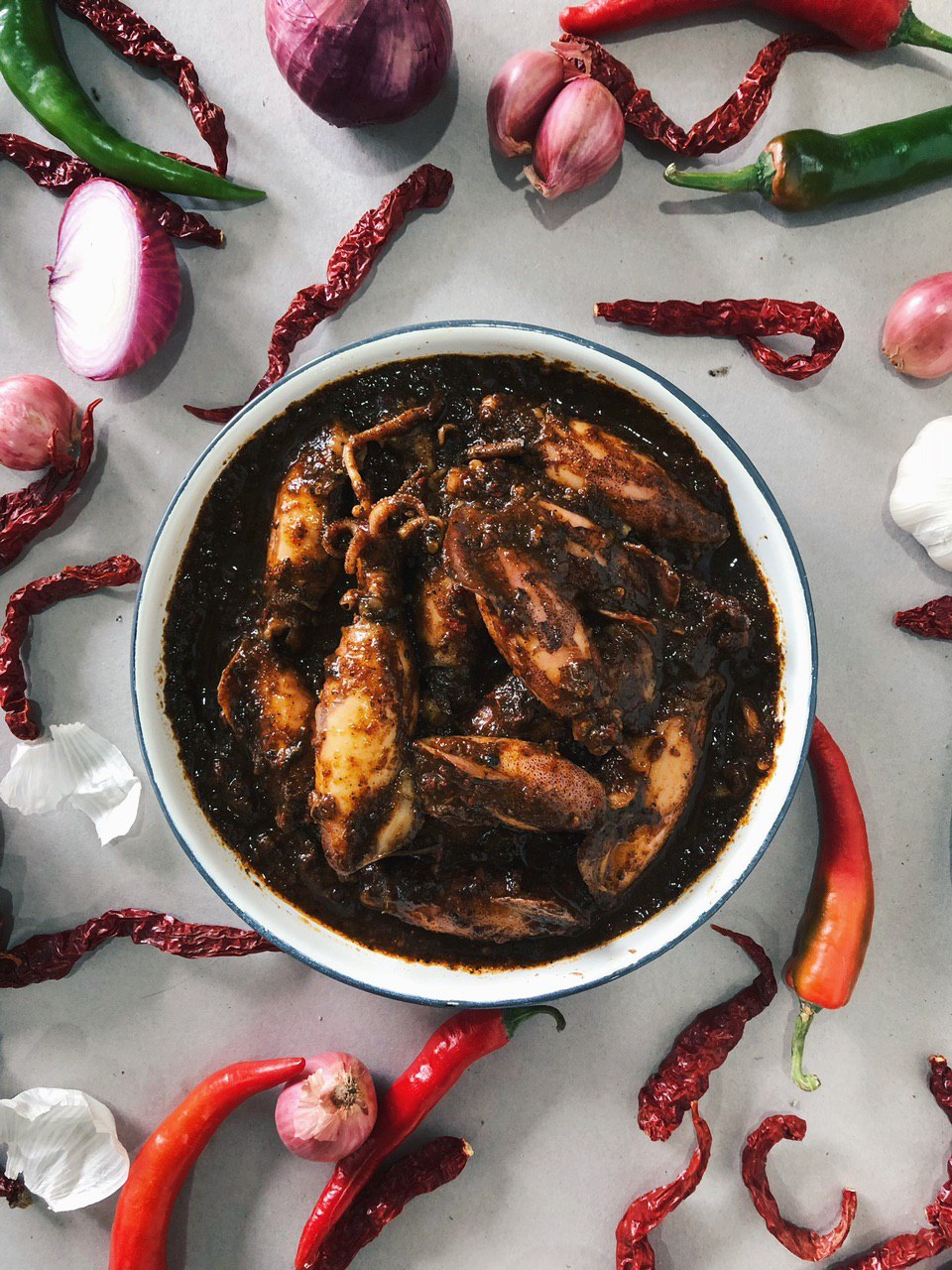 Image courtesy of Firdaus Sani.
Image courtesy of Firdaus Sani.
Asam Pedas (spicy tamarind fish)
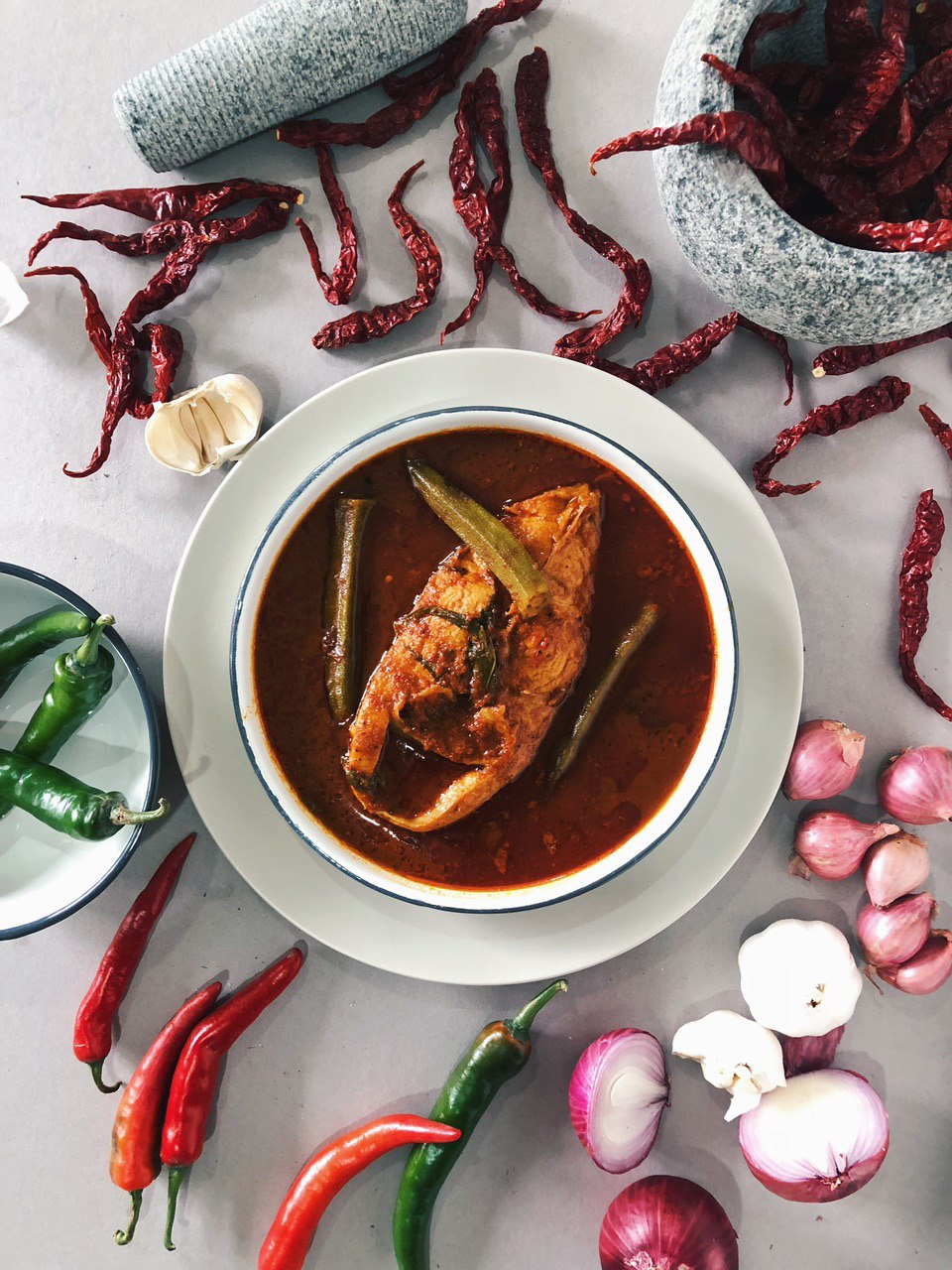 Image courtesy of Firdaus Sani.
Image courtesy of Firdaus Sani.
Ketam lemak (flower crab in coconut sauce)
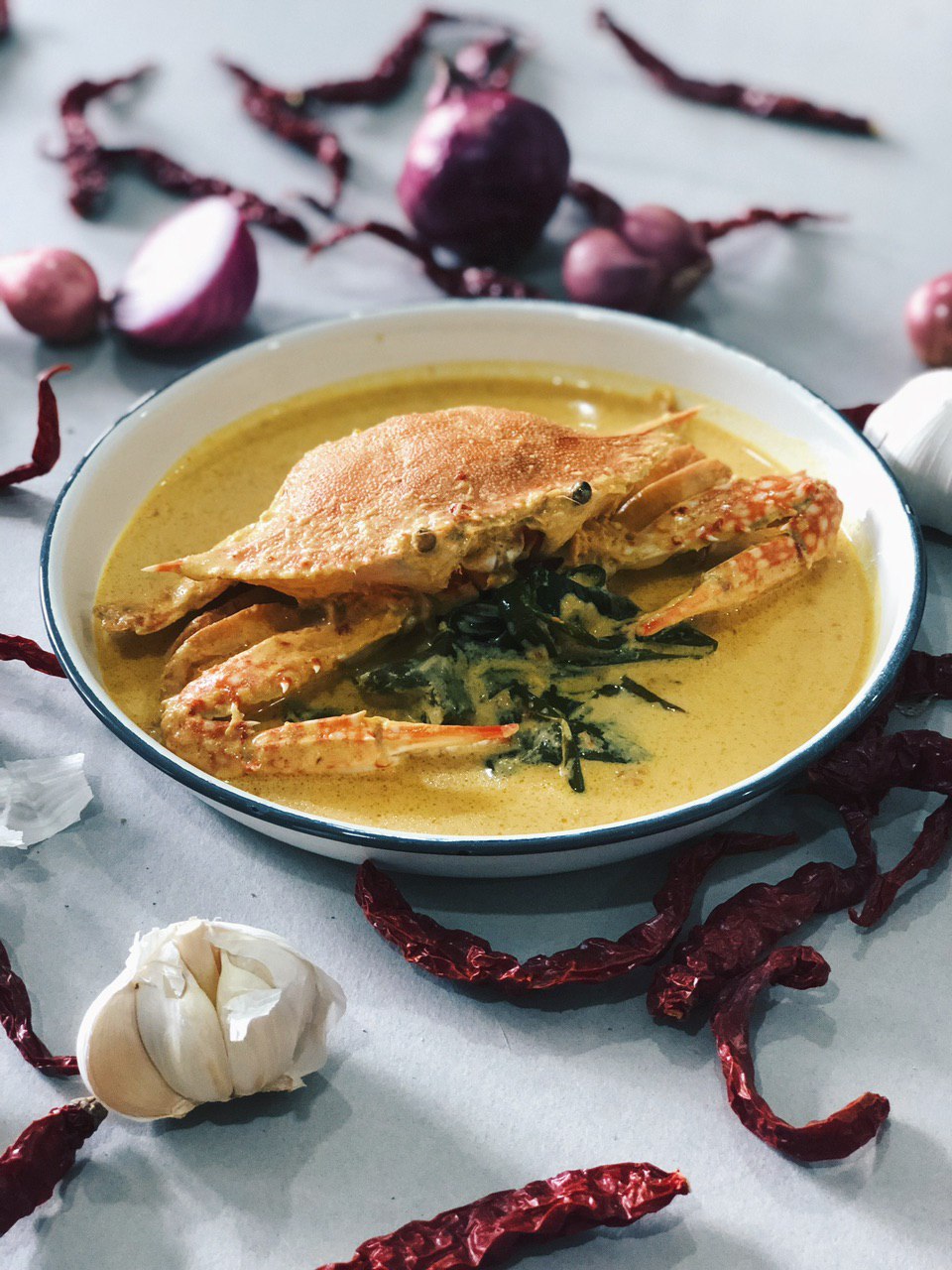 Image courtesy of Firdaus Sani.
Image courtesy of Firdaus Sani.
Sambal udang (prawns in chilli chutney)
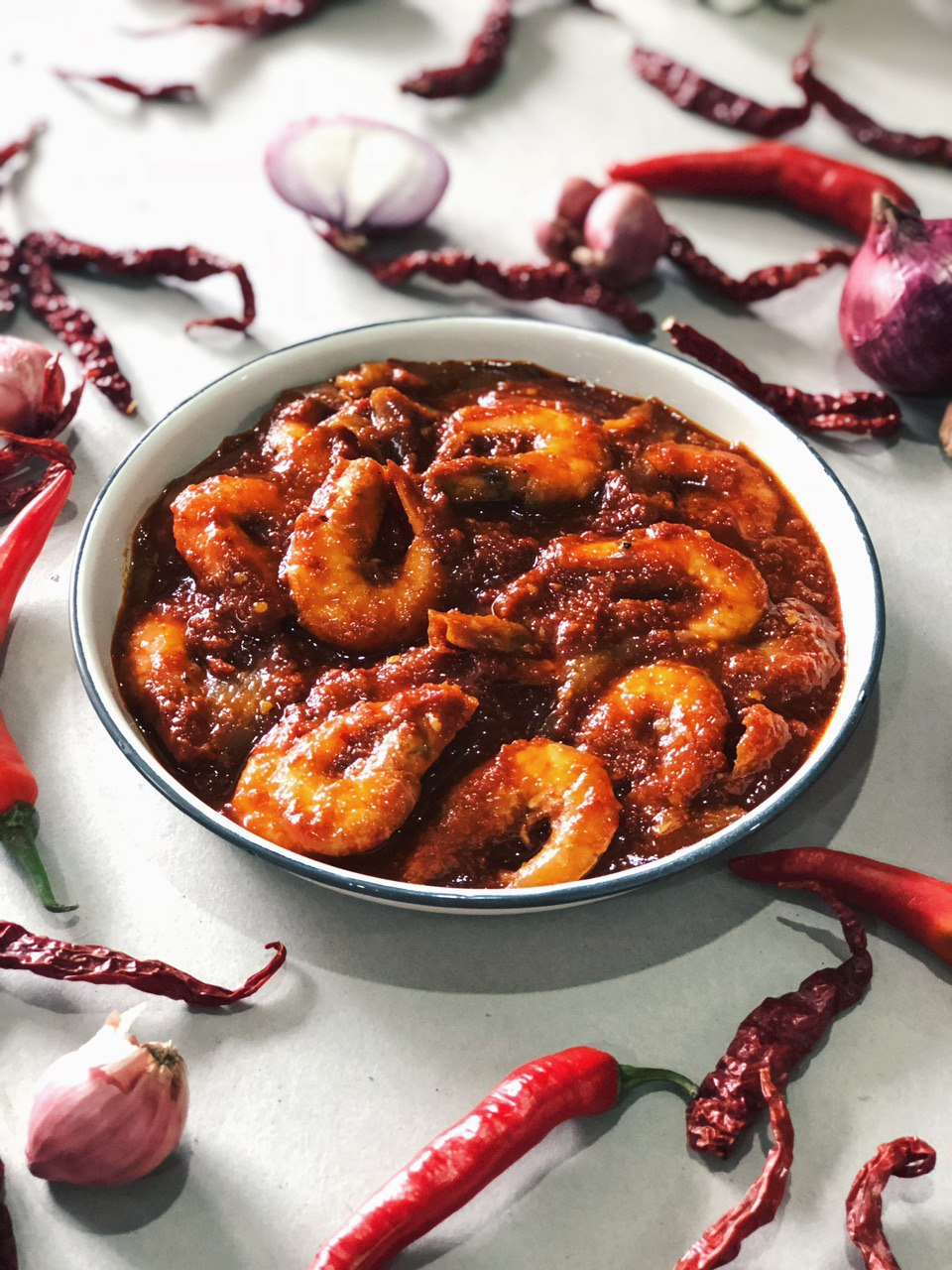 Image courtesy of Firdaus Sani.
Image courtesy of Firdaus Sani.
Gulai nenas (pineapple in spicy curry broth)
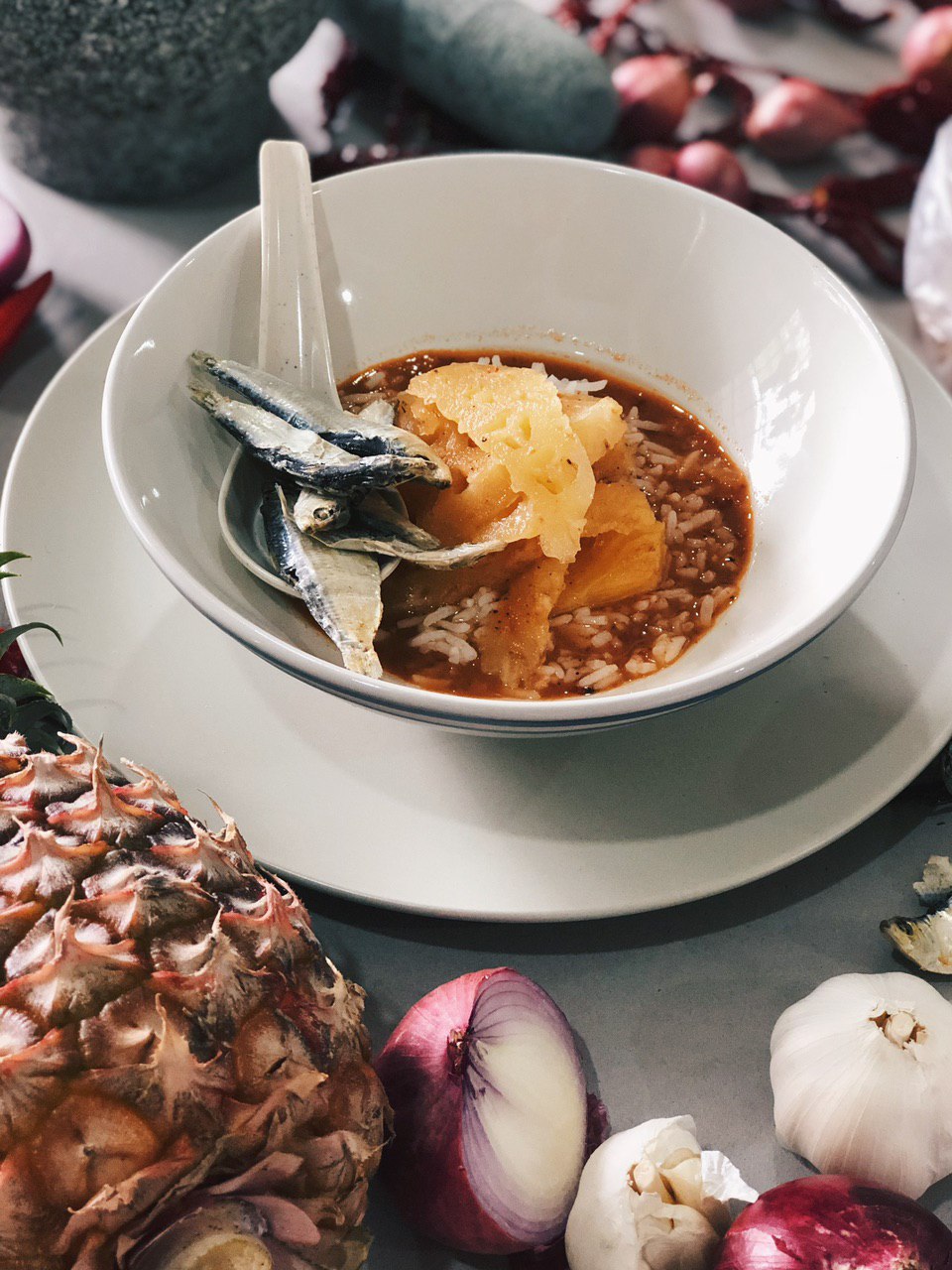 Image courtesy of Firdaus Sani.
Image courtesy of Firdaus Sani.
Siput sedut lemak (chut chut shellfish in coconut gravy)
 Image courtesy of Firdaus Sani.
Image courtesy of Firdaus Sani.
Kacang panjang asam rebus (long beans in tamarind broth)
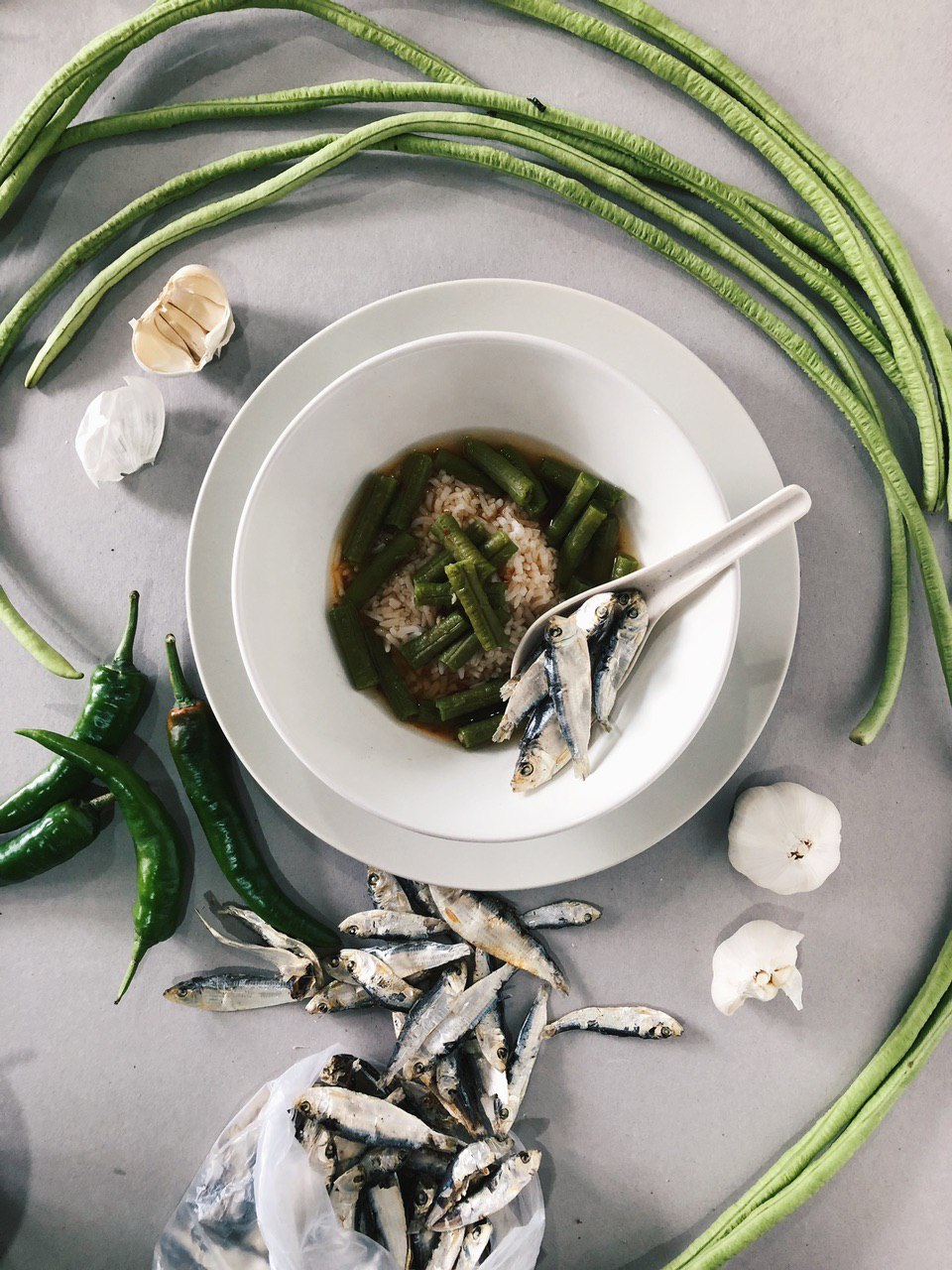 Image courtesy of Firdaus Sani.
Image courtesy of Firdaus Sani.
Firdaus told us:
"I wanted to highlight their stories, like how they lived through food. Because that’s the only tangible thing we have left.
And not just that, when people mention orang laut, they always picture the fishermen, or just men in general. People rarely give the women the credit they deserve. They were the ones who cooked the food and made sure everything was in place."
Looking at his mother and aunt — both now in their 60s — Firdaus said that he’s concerned about documenting their stories before their memories go the way of his grandmother's.
"We need to preserve the stories as much as possible.
I want to change the narrative a little bit, like Pulau Semakau is more than just a landfill, it had a life — their lives."
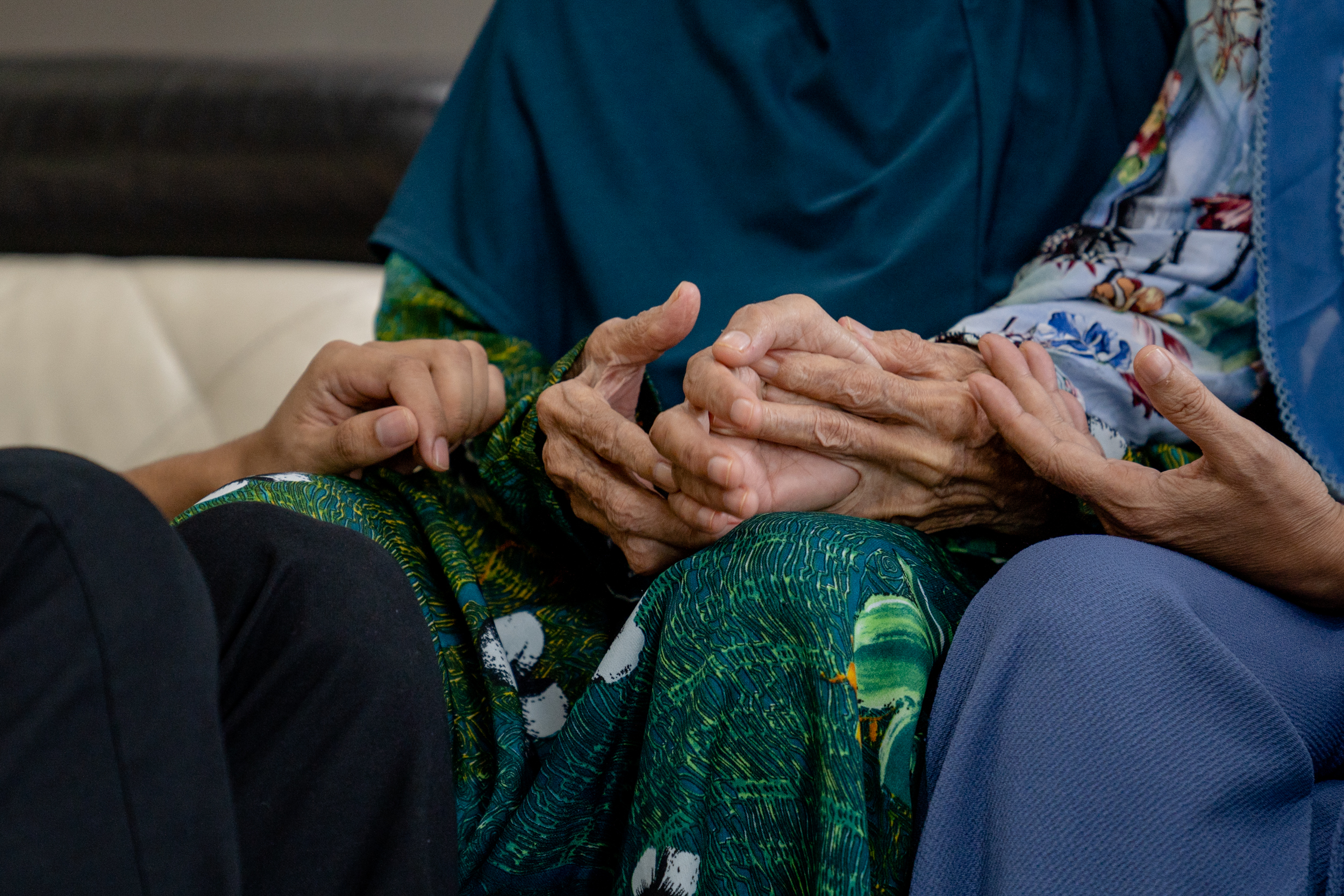 Image by Andrew Koay.
Image by Andrew Koay.
We deliver more stories to you on LinkedIn
Stories of Us is a series about ordinary people in Singapore and the unique ways they’re living their lives. Be it breaking away from conventions, pursuing an atypical passion, or the struggles they are facing, these stories remind us both of our individual uniqueness and our collective humanity.
Top image by Andrew Koay and courtesy of Firdaus Sani. The interview was conducted in Malay and English.
If you like what you read, follow us on Facebook, Instagram, Twitter and Telegram to get the latest updates.
